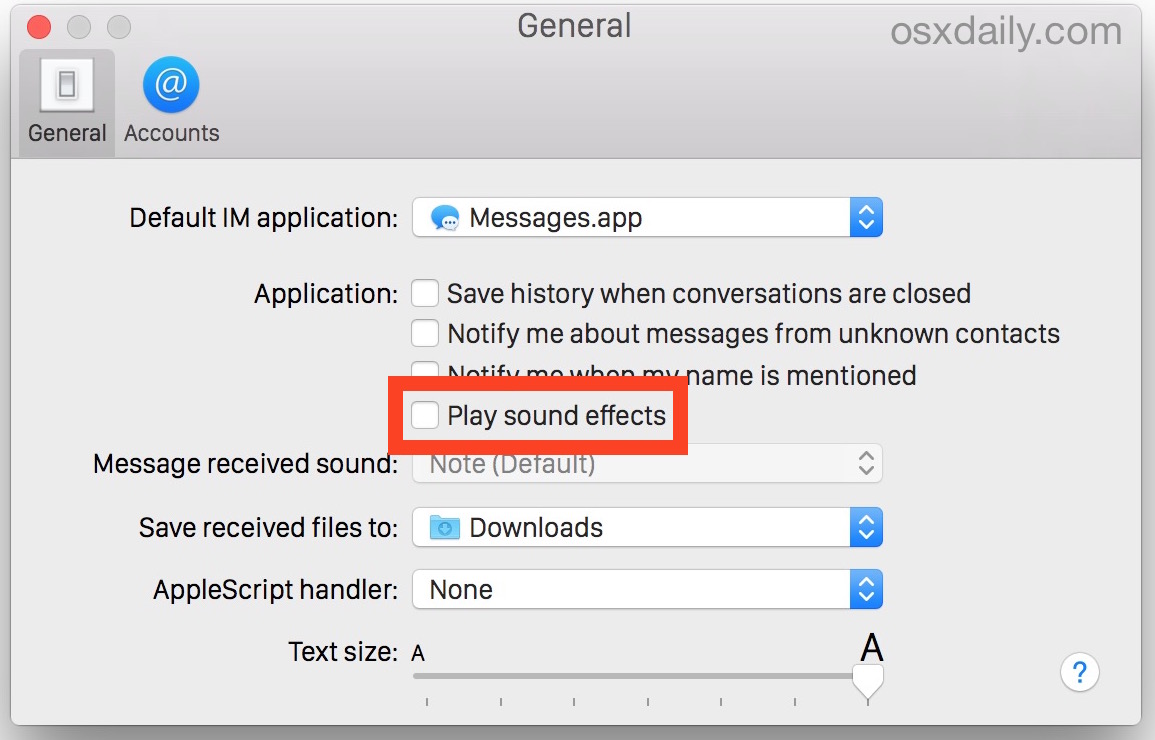


- #QUIT ALL APPLICATIONS EXCEPT X MAC HOW TO#
- #QUIT ALL APPLICATIONS EXCEPT X MAC MAC OS X#
- #QUIT ALL APPLICATIONS EXCEPT X MAC UPDATE#
- #QUIT ALL APPLICATIONS EXCEPT X MAC SOFTWARE#
On modern versions of macOS, unsigned software simply won’t run unless you go out of your way to approve it.Īpple has gradually made it even more difficult to run potentially dangerous software. It’s a security feature that stops an app from running if it hasn’t been signed with a certified Apple developer certificate.
#QUIT ALL APPLICATIONS EXCEPT X MAC MAC OS X#
Gatekeeper was first introduced in 2012 with the release of Mac OS X 10.8 Mountain Lion. If you get an error that says an application “can’t be opened because the developer cannot be verified,” Gatekeeper is to blame. Gatekeeper Prevents Unsigned Apps From Running Let’s try to solve the problem and launch that app. Now, you’ve got to work out whether it’s a problem with macOS, an incompatibility issue, or even a security threat. So, you’ve downloaded and installed a new Mac app, only for it to refuse to open. He’s invested in the Apple ecosystem, with experience covering Macs, iPhones, and iPads for publications like Zapier and MakeUseOf. Tim Brookes is a technology writer with more than a decade of experience. Visit the app developer’s website and look for notes about compatibility with your version of macOS or OS X or other apps and services you use. Then reinstall it from the App Store.Ĭontact the app developer. After checking the App Store to verify the app is still available, delete the problem app from your Mac. File permissions are automatically repaired with software updates in OS X 10.11 and later. With the release of OS X El Capitan, Apple added a new feature that made manually repairing file permissions no longer necessary. Your Mac keeps a database of the default permissions for most applications you install. You don’t need to know what the permissions should be. This step ensures the application and any associated files it needs have the correct permissions required to run. In OS X Yosemite and earlier, one of the first things to do when encountering an app that won’t launch is to repair permissions. The conflict may come from another app or a startup item. If you can start the Mac in Safe Mode and then use the app in question, the likely cause is not permissions or preference files. It also limits the operating system to use only the basic OS core. This troubleshooting startup environment restricts most startup items.
#QUIT ALL APPLICATIONS EXCEPT X MAC HOW TO#
You need to know how to display hidden files in OS X if you don’t see the Library folder on your Mac. Delete the plist file that matches the app.Īpple hides the Library folder by default so that you can’t accidentally make changes to it.Look for the plist in this format: com.developer_name.app_ist.You have to reconfigure the app’s preferences afterward. When you delete a bad preference file, your Mac creates a new plist file that contains all the app’s defaults automatically. Plist files can become corrupt when a Mac shuts down or restarts unexpectedly or when an app freezes or crashes. In many cases, updating the affected app cures the problem.ĭelete the app preference file (plist file) manually or with an app uninstaller for Mac.
#QUIT ALL APPLICATIONS EXCEPT X MAC UPDATE#
This step is essential following an update to the Mac operating system. Check that you have the most current version of the app, and if not, update it. It’s always smart to start with the simplest fix possible. Whatever the reason, there are several possible fixes for this problem, ranging from simple to more complex. How to Fix an Application Not Opening on Mac



 0 kommentar(er)
0 kommentar(er)
